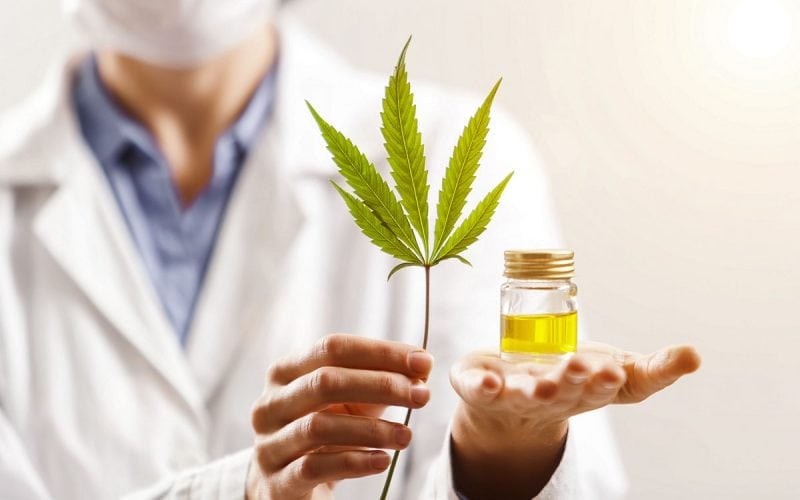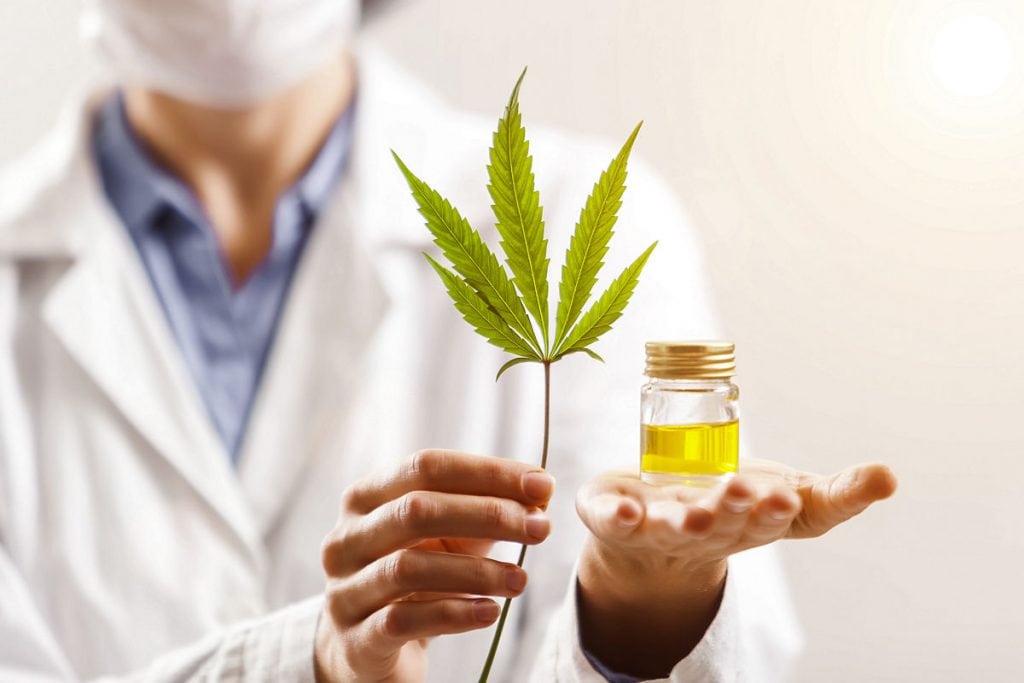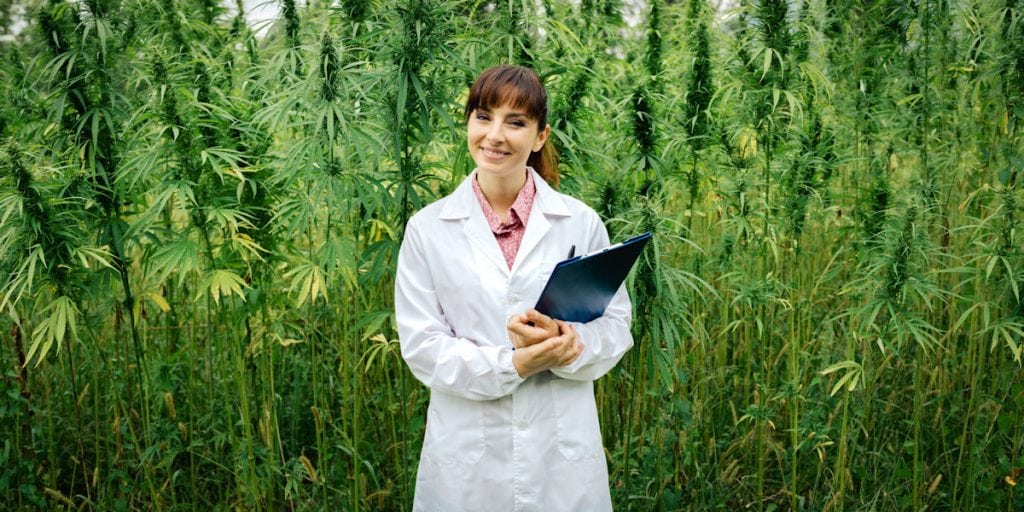
How cannabis science and CBD is moving medicine forward
 If you think that all the incredible benefits being discovered about medical cannabis and the key non-psychoactive cannabidiol (CBD) compound are too good to be true, then it’s not really a surprise – the internet is packed with misinformation and, sadly, downright lies, especially on the alternative health scene.
If you think that all the incredible benefits being discovered about medical cannabis and the key non-psychoactive cannabidiol (CBD) compound are too good to be true, then it’s not really a surprise – the internet is packed with misinformation and, sadly, downright lies, especially on the alternative health scene.
However, the reality with cannabis is that researchers are simply in catch-up mode, trying to make up for lost time by exploring a plant that has played such an important role in our medicinal history in scientific depth, and that CBD e-liquid and vape oil can improve your health. Studies have shown that cannabis-based medication is much more effective than placebo treatment for a myriad of illnesses, and even for conditions that cannabis would never have even been thought to be useful for (e.g. treatment-resistant intractable epilepsy).
How cannabis research developed
While CBD was first isolated prior to THC, by Illinois researchers in 1940, it was the identification of the latter that paved the way for our vast leaps in our understanding of cannabis as a medicine. THC was isolated by a group of Israeli researchers, led by chemist Raphael Mechoulam, in 1964 – the cannabinoid’s full, scientific name is delta-9-tetrahyrdocannabinol.
Research progressed at a steady pace, with the benefits of THC, CBD and less-prominent cannabinoids such as cannabichromene (CBC) and cannabigerol (CBG) detailed in research papers throughout the 1970s and 80s, but there remained gaps in our knowledge of just why these cannabinoids worked as treatments for various conditions. However, Mechoulam and co had been making progress, and their efforts to find an endogenously-produced compound which resembled THC bore fruit in 1992 with the identification of anandamide, a fatty acid neurotransmitter.
Anandamide has been an important discovery, as it is the most influential endocannabinoid in the endocannabinoid system (ECS), a biological network which has a big say in our health and emotional state of being. The ECS is backing up the claims that cannabis can be used to treat a wide range of health problems, as the compounds from the herb are chemically compatible with cannabinoid receptors.

It took a while to ascertain exactly what CBD does in the body, and when it was first identified it was erroneously thought to be toxic, but it’s now apparent that the compound promotes optimal functioning in the ECS. CBD appears to do this in three main ways: by inhibiting fatty acid amide hydrolase (FAAH), an anandamide-degrading enzyme; by correcting signalling errors which stop endocannabinoids from travelling to the areas of the body where they can be beneficial; and by acting as a negative or positive allosteric modulator to cannabinoid receptors – this either dampens or heightens the signal from the neurotransmitter attached to the receptor.
CBD science is still in its relative infancy compared to some drugs, but studies indicate that the cannabinoid doesn’t just influence receptors in the ECS. Some of CBD’s pain-relieving effects may come from its indirect reactions with the capsaicin receptor (TRPV-1), which modulates the body’s sensation to heat and pain. CBD also seems to be active in the serotonin system, interacting with the 5-HT1A receptor – this could contribute to the cannabinoid’s effectiveness against depression and anxiety. Experts also suspect that CBD affects the opioid system in some way, which might explain its possible anti-addiction properties.
Could CBD treat unusual illnesses?
The ECS may also provide the answers to several medical mysteries, such as fibromyalgia (FM) and migraines. These conditions have always been considered bizarre by experts, as our traditional understanding of the body threw up no possible causes or cures, just treatments to suppress the symptoms. But now we know about a whole new set of neurotransmitters, receptors and mechanisms that must be kept in balance for good physical and mental health, researchers can think about novel remedies for notorious ailments and attempt to find out just what is causing the likes of FM.
This medical puzzle has kept neurologist Dr Ethan Russo intrigued for more than a decade, as he continues to expand on Clinical Endocannabinoid Deficiency (CECD), a proposed condition that suggest some people have dysfunctional endocannabinoid systems, as they cannot naturally boost levels of endocannabinoids. The theory is that those patients could benefit from supplements of plant-based cannabinoids like CBD.
For FM patients, CBD can be a useful treatment as it successfully mitigates many of the condition’s symptoms, including acute pain, irritable bowel syndrome (IBS) and depression. Of course, if FM is proven to be an ECS-related issue, then it makes complete sense that CBD is so beneficial. Clinical studies on CBD and fibromyalgia are lacking, although 2009 research showed the cannabinoid to help with neuropathic pain and there are several online anecdotes suggesting that CBD works. That’s not a call to stop taking current medication and switch to CBD, but perhaps a sign that CBD is worth giving a try. Unlike many pharmaceutical drugs, CBD is not going to exacerbate problems by introducing a whole new set of side effects.

What’s next for cannabinoid-based medicine?
Cannabinoid-based medicine is progressing at a tremendous rate, and hemp-derived CBD e-liquid, CBD oil, CBD gummy bears, CBD creams and more are now commonplace and used by millions of Americans. The United States CBD market has grown threefold since 2014 and could be worth nearly $2 billion by 2022 – nearly $700 million of that is from hemp-based products.
The expected further growth is a signal that we have just seen the tip of the iceberg with medical cannabis, and that additional medicinal and general health uses for CBD and other cannabinoids will continue to be proven by reliable clinical studies. The future should see cannabis go more mainstream, with pharmaceutical companies keen on developing drugs from cannabis extracts – the Food & Drug Administration approved Epidiolex for intractable epilepsy in 2018.
The hemp-derived CBD industry should also keep thriving going forward, as new technology helps to enhance the medicinal value of products by making use of obscure terpenes and cannabinoids – linalool, for example, is a terpene that promotes reduced anxiety and increased social interaction.
